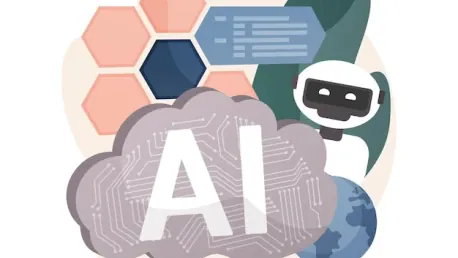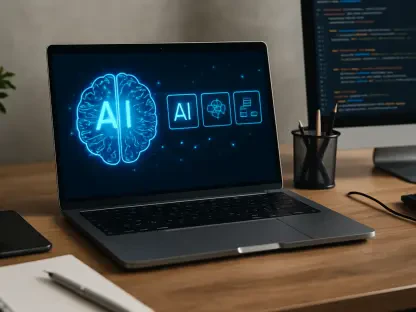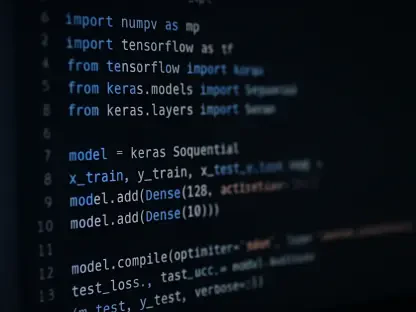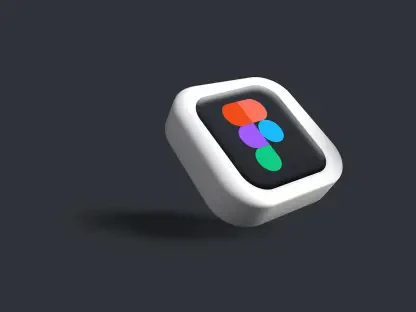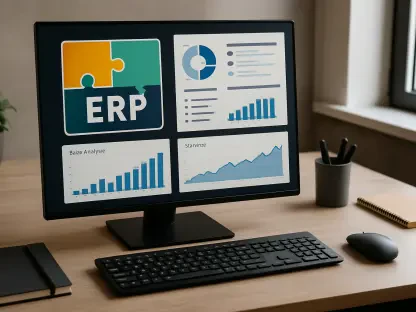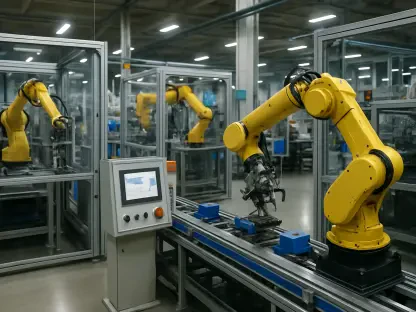Anand Naidu, our resident Development expert, is proficient in both frontend and backend and provides deep insights into various coding languages. In this interview, we will explore the concept of digital twins in telecom networks, the evolution of AI-powered test tools, and VIAVI Solutions’ role in advancing these technologies. We’ll also discuss the future of network digital twins and their application in 5G-Advanced and 6G development.
Can you explain what a digital twin is, particularly in the context of telecom networks?
A digital twin in the context of telecom networks is essentially a virtual replica of a network element or portion of a network. This digital replica can mimic real-world conditions and impairments to create an accurate model that behaves like the physical entity it represents. The goal is to have this digital twin synchronized in real-time with data feeds from the actual network, allowing for comprehensive testing, validation, and optimization.
How does the concept of a digital twin build upon traditional emulation strategies?
Traditional emulation involves replicating certain aspects of a network to test and validate its performance. Digital twins build on this concept by creating more detailed and accurate replicas that can encompass an entire network element or a full network. The integration of real-time data feeds and AI-driven simulations elevates traditional emulation to a more sophisticated level, allowing for more comprehensive and precise testing scenarios.
How has the use of machine learning and artificial intelligence in test tools evolved over time?
The use of machine learning and AI in test tools has evolved significantly. Initially, these technologies were used to automate basic testing processes. However, as networks have become more complex, AI and machine learning are now being applied to more advanced strategies, such as predictive analytics, anomaly detection, and real-time optimization. These innovations help operators address the increasingly complex challenges they face while integrating more AI features into their networks.
What are some new innovations and strategies that are being utilized to meet the increasingly complex testing needs of operators?
New innovations include the development of digital twins, AI-driven emulation engines, and sophisticated data generation tools that can simulate real-world network conditions. Strategies such as combining synthetic traffic with real data from various sources and utilizing advanced propagation models allow operators to create highly accurate and realistic testing environments. These tools enable operators to validate and optimize network performance before deploying new features or making changes to the live network.
What challenges do operators face when integrating AI features into their networks?
Operators face several challenges when integrating AI features, including ensuring the AI algorithms are functioning correctly, validating their effectiveness in real-world scenarios, and managing the complexities of AI-driven decisions in dynamic network environments. Additionally, there is the challenge of maintaining network reliability and performance while incorporating these new AI capabilities.
How do you validate whether an AI feature is successfully integrated and functioning as expected?
Validating AI integration involves extensive testing using digital twins and AI-driven emulation tools. By creating realistic simulations of network conditions, operators can observe how the AI algorithms perform in various scenarios, including both expected and unexpected events. This approach allows operators to assess whether the AI is making the right decisions, balancing performance metrics, and addressing potential conflicts before deploying the AI features in the live network.
How did VIAVI Solutions leverage its history of sophisticated emulation to develop digital twins for telecom systems?
VIAVI Solutions leveraged its extensive experience in emulation by converging powerful computing and data processing capabilities with large amounts of digital data from software-centric networks. This foundation enabled VIAVI to create detailed and accurate digital replicas of telecom systems, including user equipment, the core network, the RAN, and Non-Terrestrial Network infrastructure. These digital twins are used for validation, building use cases, and testing specific network components.
What components of the network has VIAVI been able to recreate with digital twins?
VIAVI has successfully recreated several key components of the network with digital twins, including User Equipment (UE), the Core Network, the RAN, and Non-Terrestrial Network infrastructure. These components can be used individually or combined to create comprehensive testing environments that mirror real-world network scenarios.
Can you describe the capabilities of VIAVI’s RAN Digital Twin and how it integrates with real data from probes, sensors, and third-party sources?
VIAVI’s RAN Digital Twin creates a virtual version of the operator’s RAN by combining synthetic traffic with real data from probes, sensors, and third-party sources such as traffic and weather reports. This integration allows for accurate and comprehensive simulations of RAN behavior, modeling different network setups, configurations, mobility patterns, and traffic flows. The digital twin can simulate various conditions, enabling operators to test and optimize their networks effectively.
How does the TeraVM AI RSG simulate RAN behavior and model different network setups, configurations, and traffic flows?
The TeraVM AI RSG engine behind VIAVI’s RAN Digital Twin simulates RAN behavior by modeling different network setups, configurations, and traffic flows with high accuracy. It can generate detailed and realistic RAN data, train x/rApp algorithms, and validate their performance. This capability ensures that AI-driven decisions within the RAN are well-tested and effective before they are implemented in the live network.
How does VIAVI’s AI RSG solution act as an AI enabler within the network, particularly in terms of data generation?
VIAVI’s AI RSG solution acts as an AI enabler by generating vast amounts of detailed and realistic network data. This data is crucial for training and validating AI algorithms. The AI RSG can simulate thousands of UEs and cells per reference server, creating realistic movement patterns, handovers, resource requests, and traffic demands. By providing a highly accurate simulation environment, the AI RSG ensures that AI features are thoroughly tested and optimized before deployment.
What real-world elements can users import to create realistic simulations with the AI RSG?
Users can import real-world maps with streets, buildings, and network configurations into the AI RSG to create highly realistic UE profiles. These profiles simulate movements, handovers, and resource requests in various network conditions. Additionally, the AI RSG can incorporate traffic demand profiles, radio conditions, propagation models, channel emulation, and mobility modeling to create comprehensive and accurate simulations.
How does the digital twin facilitate safe experimentation and testing of unexpected scenarios?
Digital twins facilitate safe experimentation by providing a controlled environment where operators can test both expected and unexpected scenarios without affecting the live network. This allows operators to explore “what if” scenarios and assess the impact of various events, such as software updates, security patches, and network failures. By experimenting in a digital twin, operators can identify potential issues and optimize their responses in a safe laboratory setting.
Why is it important for service providers to test “what if” scenarios in a controlled environment?
Testing “what if” scenarios in a controlled environment is crucial for service providers to ensure network reliability and performance. It allows them to identify potential vulnerabilities, optimize their responses, and validate their strategies before implementing changes in the live network. By anticipating and addressing potential issues in a digital twin, service providers can maintain network stability and deliver a high-quality user experience.
What steps are necessary to achieve holistic, live network digital twins that are fully synchronized and real-time representations?
Achieving holistic, live network digital twins requires several steps. First, there must be robust data collection and integration capabilities to ensure real-time synchronization with the live network. Next, advanced AI and machine learning algorithms are needed to analyze and process the data effectively. Additionally, powerful computing and data processing infrastructure must be in place to support the creation and maintenance of these digital twins. Finally, a collaborative approach involving various stakeholders in the telecom industry is essential to develop and refine these complex systems.
What stages do you foresee in the development of comprehensive network digital twins, and where do we currently stand?
The development of comprehensive network digital twins will likely occur in stages. Initially, we are focusing on creating detailed digital replicas of individual network components, such as the RAN and core network. The next stage involves integrating these components to create more comprehensive network simulations. Ultimately, the goal is to achieve fully synchronized, real-time digital twins of entire networks. Currently, we are in the early stages, with significant progress being made in developing detailed and accurate components and partial network simulations.
How is VIAVI Solutions using the AI RSG and other emulation tools to support customers preparing for 5G-Advanced?
VIAVI Solutions uses the AI RSG and other emulation tools to provide crucial pre-deployment insights for customers preparing for 5G-Advanced. These tools simulate real-world conditions and network behaviors, enabling customers to validate and optimize their networks before deployment. By replicating experimental radios and playing out the possible behaviors of new technologies, VIAVI helps customers ensure their networks are ready for the advanced features and capabilities of 5G.
How are these tools contributing to the development of 6G?
These tools are essential for the development of 6G by providing a platform for testing and validating new technologies and concepts. VIAVI’s emulation tools can create realistic simulations of experimental radios and network configurations, enabling researchers to explore the potential behaviors and performance of 6G technologies. This early-stage testing is critical for identifying challenges, refining technologies, and ensuring that the next generation of networks can deliver on their promises.
What is your forecast for the future of network digital twins?
I foresee network digital twins becoming increasingly sophisticated and integral to network management and optimization. As technology advances, we will see more comprehensive and real-time digital twins that provide holistic views of entire networks. These digital twins will enable more effective testing, validation, and optimization, ensuring that networks can meet the growing demands of users and new technologies. Ultimately, network digital twins will play a critical role in shaping the future of telecommunications, supporting everything from daily operations to the development of next-generation networks like 6G.
